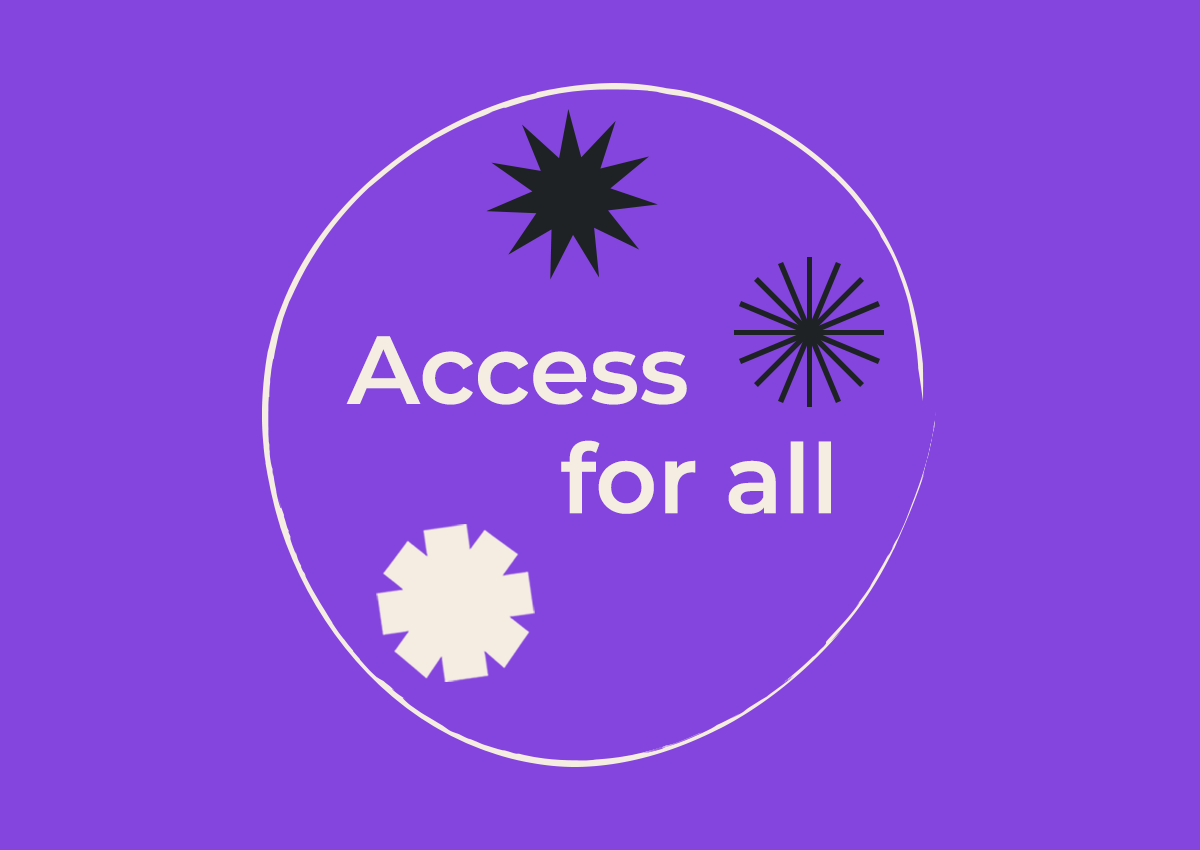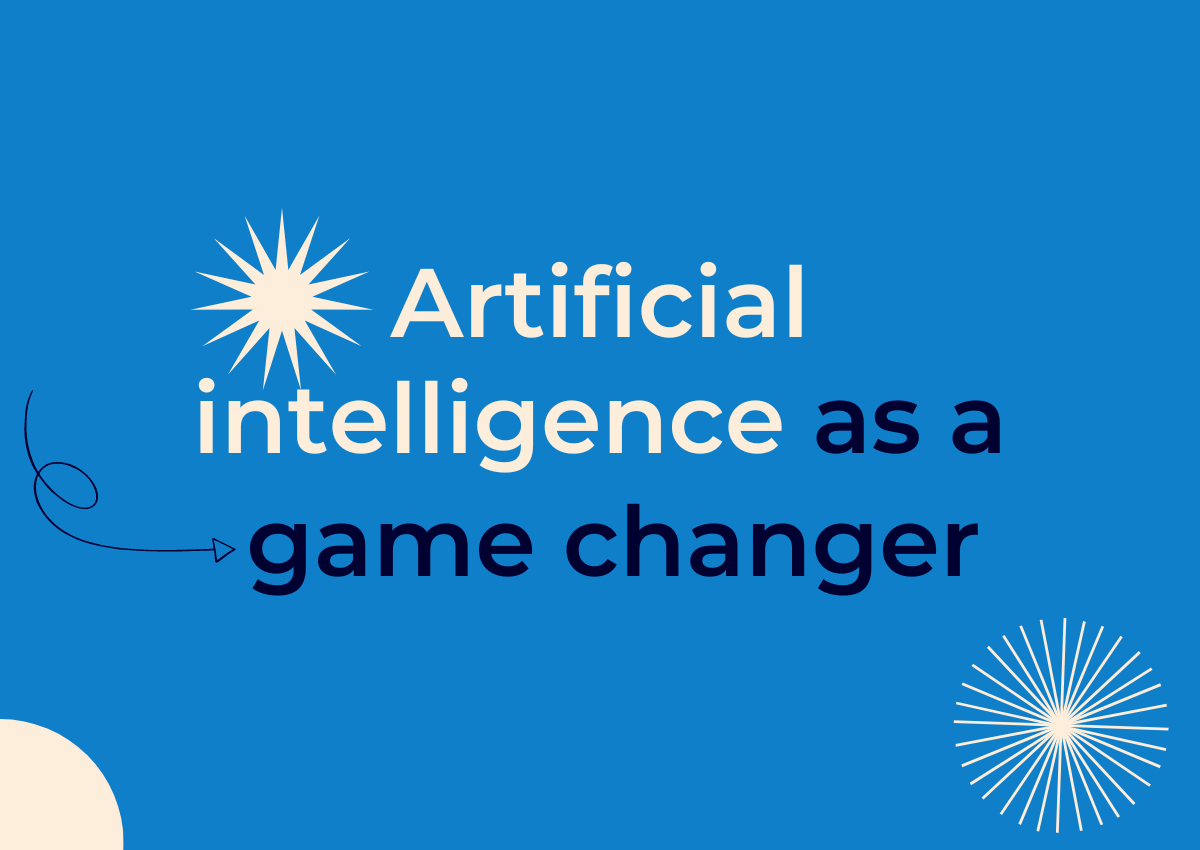This post is also available in: German
We all face barriers, everywhere, every day. While some people can quickly take the stairs instead of the lift, others never reach their destination. A person who cannot hear is not disabled because he or she lacks a sense of meaning. What hinders them is a lack of visual signals or a lack of translation into sign language. This is true not only for the analogue, but also for the digital world.
Barrier-free means user-oriented
Blinds and visually impaired people encounter insurmountable barriers when surfing the Internet because images are not described or inadequate contrasts make reading unnecessarily difficult. For people with learning disabilities, the language is too complicated, preventing them from participating.
It is often the case that user interfaces are too complex and prevent people from taking full advantage of the digital world. Since digital participation always means social participation, such discrimination, even if unintentional, weighs heavily. Moreover, full accessibility benefits not only people with disabilities: Fewer barriers make websites generally easier to use and provide a better user experience for all users.
Barriers everywhere: A change of perspective is needed
“You are not disabled, you are disabled” – this sentence impressively shows how the participation of disabled people can be improved: we should see disabilities as a societal task and not as an individual deficit.
This also applies to the digital world of work. In times of home office and hybrid working, close cooperation is a real challenge. So that all employees can be included, people with disabilities and impairments should be more in the focus. To achieve accessibility, we must understand the barriers to using products and services.
Accessibility is more than a trend
More than 60 percent of all e-commerce transactions are abandoned by blind people. This far too high figure shows that there is still much to do on the road to accessibility. The adaptation process itself is called accessibility. It means that websites, programmes, operating systems and applications are designed in such a way that they are fully accessible and usable for all users, including people with visual, hearing or mobility impairments. Adequate web accessibility is therefore part of the duty of all providers of digital services.
Good to know: Search engines like accessible websites. A logical structure, clear headings and alternative text for images improve a website’s search engine ranking.
Digital inclusion: How to get online without barriers
To achieve true digital inclusion, the internet, digital documents and mobile applications need to be accessible to everyone. Employers are therefore called upon to create a barrier-free IT environment for all employees in the company and to adapt work processes accordingly.
The toolkit for an inclusive web environment includes a range of functional and design measures.
- Technical modifications: Adapting the code and structure of websites and software to ensure compatibility with assistive technologies such as screen readers and magnifiers.
- Visual adjustments: Colour schemes and font sizes that are easy for people with visual impairments to read, including adequate contrast.
- Auditive adjustments: Captions or transcripts for video and audio content to enable access for people with hearing impairments.
- Enhanced usability: navigation without a mouse to facilitate use by people with motor impairments
- Improved intelligibility: Presentation of information in plain and simple language, and where appropriate, easier language.
Germany mid-2025 will be the time to get serious
The state has also reacted and passed laws to digital accessibility. The basis for all legal regulations is the Disability Equality Act (BGG) from 2002. It regulates the equality of people with disabilities in the area of public law at the federal level and is an important part of the implementation of the ban on discrimination in Article 3, Paragraph 3, Clause 2 of the Basic Law: “No one may be discriminated against because of his or her disability.”
Websites and apps will be subject to a legal obligation from 28th of June 2025, there will be a legal obligation to provide barrier-free access. This is regulated by the Barrier-Free Access Act (BFSG). The BFSG implements the EU Directive of the European Accessibility Act (EAA) so that uniform rules for accessibility apply throughout Europe. Products covered by the BFSG include computers and mobile phones, TVs with internet access, cash machines and e-book readers.
Another relevant regulation is the Accessible Information Technology Regulation (BITV). It defines the requirements for public administration websites. The BITV 2.0 (from 2019) stipulates that content must be made as accessible as possible, in accordance with the state of the art. The BITV 2.0 also contains extended requirements for German Sign Language (DGS) and plain language. Let us now look at the public sector in the context of digital accessibility.
Public service fulfils employment obligation
According to the Federal Statistical Office, 7.8 million people in Germany have a recognised disability (as of the end of 2021). Many more have a disability that does not qualify as a disability. In addition, society is getting older and more diverse.
In 2023, 1.12 million disabled people will be employed by German employers. Around 20 per cent of these (220,000) worked in the public sector. This means that 92 per cent of the public sector has fully or partially met its employment obligation.
Communal service providers lag behind in accessibility
The employment obligation is already in place. But what about the public sector’s commitment to digital accessibility? Answers can be found in the “Atlas of Digital Accessibility”, which will be presented in June 2024: For the survey, around 11,000 municipal websites in Germany were tested for their digital accessibility.
The testers assessed the degree of digital accessibility because of five questions:
- Can the font size be adjusted?
- Is there a reading function?
- Is there a version in easier language?
- Is the website accessible?
- Can you find out within three minutes how to schedule an appointment for the renewal of your identity card?
770 municipalities are not digitally accessible for people with disabilities
One point was awarded for each criterion met, with a maximum of 5 points for each municipality. The result of the tests was disheartening: only 3 per cent of the sites scored the maximum number of points. A total of 7 per cent even scored 0 points. This means that around 770 municipalities are not digitally accessible for people with disabilities.
Adapt digital strategy? Conceptboard helps catch up
Ministries, agencies, authorities, governments or municipal institutions are certainly at different stages of development. However, those with a need to catch up can adapt their digital strategy accordingly. In particular, it can be helpful to use tools that can also be used optimally by people with disabilities. A tried and tested and safe tool is the virtual whiteboard from Conceptboard.
True collaboration knows no boundaries
As a leading manufacturer of secure collaboration software, Conceptboard is responsible for ensuring that everyone can use the application equally and without restrictions. The online whiteboard enables its users with and without disabilities to navigate effectively, communicate with each other and exchange ideas freely. Working with the collaboration tool ensures active and visible participation and allows everyone in the team to communicate at eye level. Graphics and images are provided with alternative text for the visually impaired.
Conceptboard is working hard on accessibility
For technical reasons, Conceptboard cannot guarantee 100% digital accessibility at the moment. However, the company is working intensively on its own digital accessibility – for itself and its customers. The goal is to reach the 100% mark through continuous improvement.
Conclusion: Digital accessibility is the order of the day
Digital accessibility is essential for an inclusive society, online and offline, at home and at work. People with disabilities face many barriers on the Internet that severely limit their participation. Measures for digital accessibility, such as the adaptation of websites, software and IT structures, are not only ethically necessary, but also legally required, in particular by the BFSG and the BITV. The deadline is 28. June 2025.
Despite progress in terms of inclusiveness, for example through compulsory employment in the public sector, the implementation of digital accessibility remains inadequate in many areas, particularly at local level. Companies and institutions must adapt their digital strategies to ensure digital participation for all. Developers like Conceptboard are working to provide and continuously improve digital accessibility.




